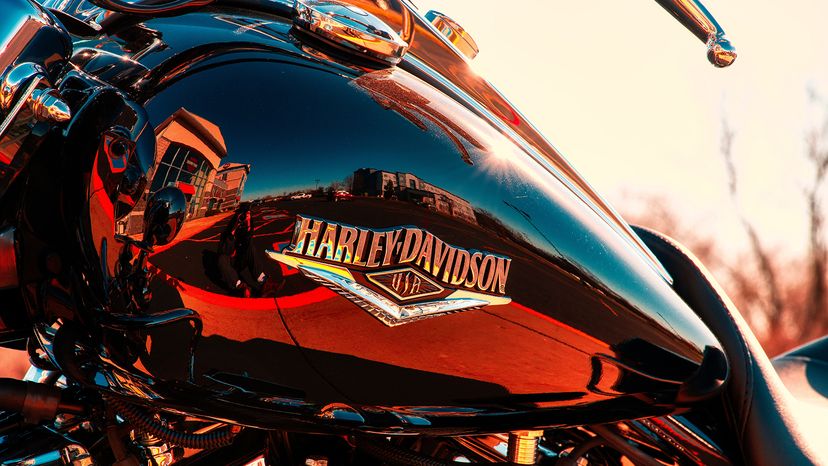
Some Harley Davidson frame types support powerful, big twin engines, while others are designed for electric motorcycles or sport models. They're the foundation of some of the most iconic motorcycles ever built.
Over the years, Harley Davidson has launched various frame designs, each tailored to different performance needs.
Advertisement
Whether you're into nimble handling for city rides or a wider frame for long-haul touring, Harley Davidson frame types play a crucial role in how each bike feels on the road.